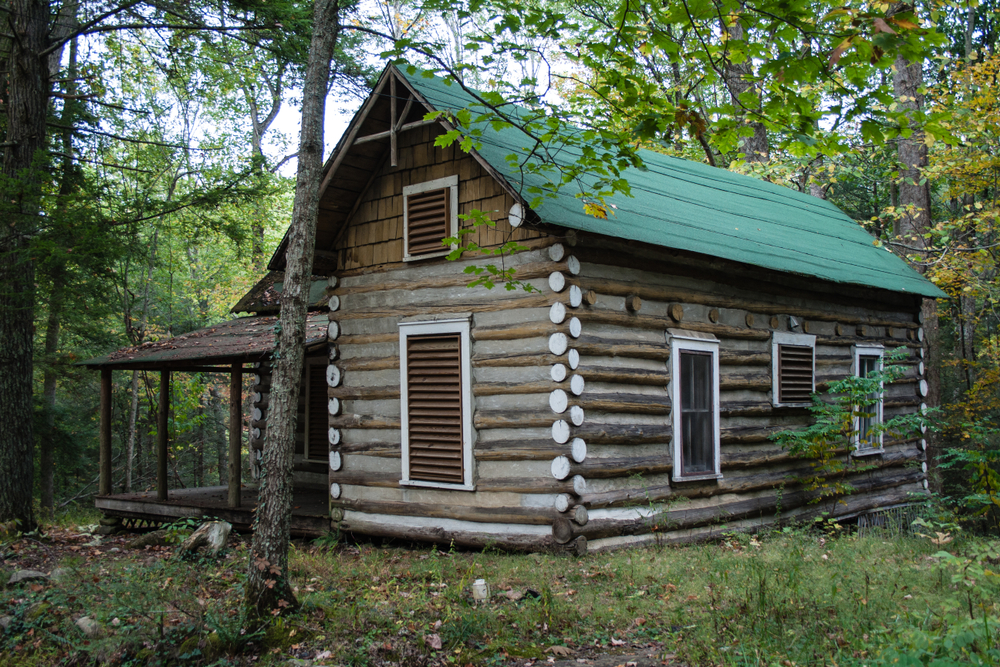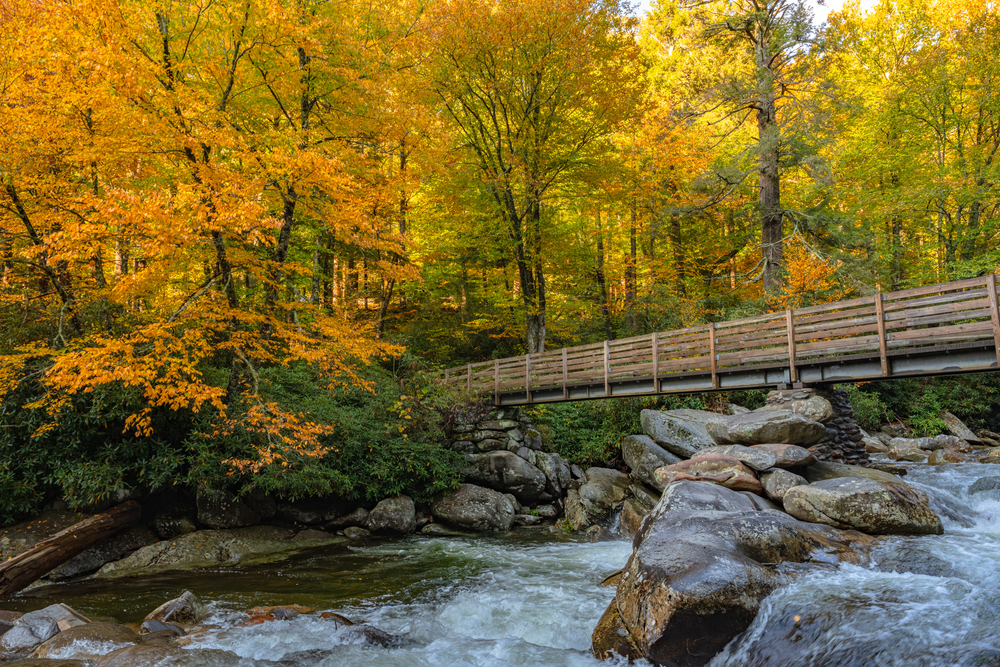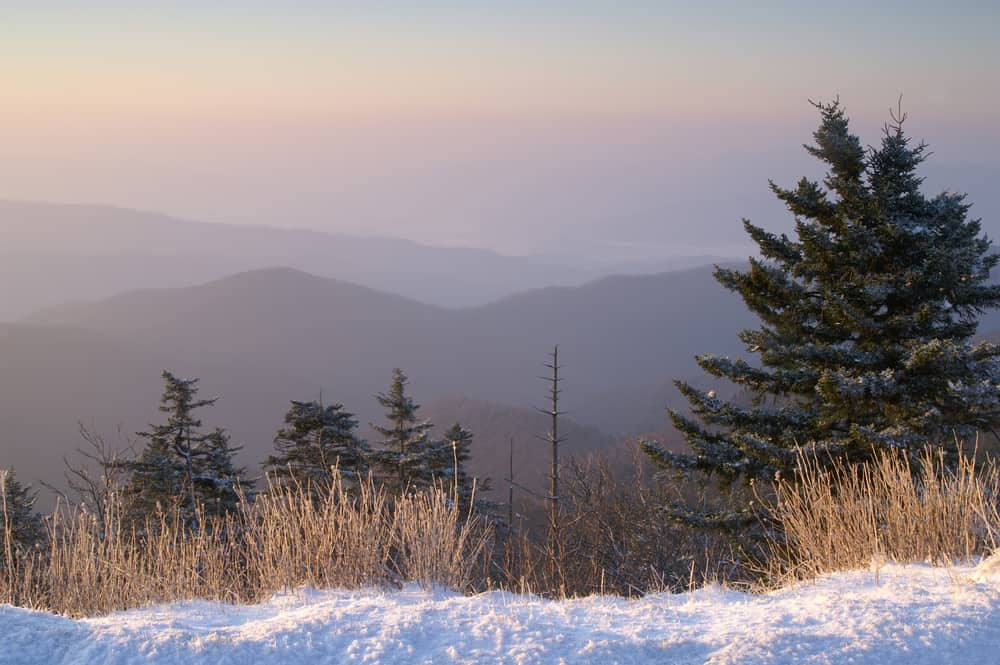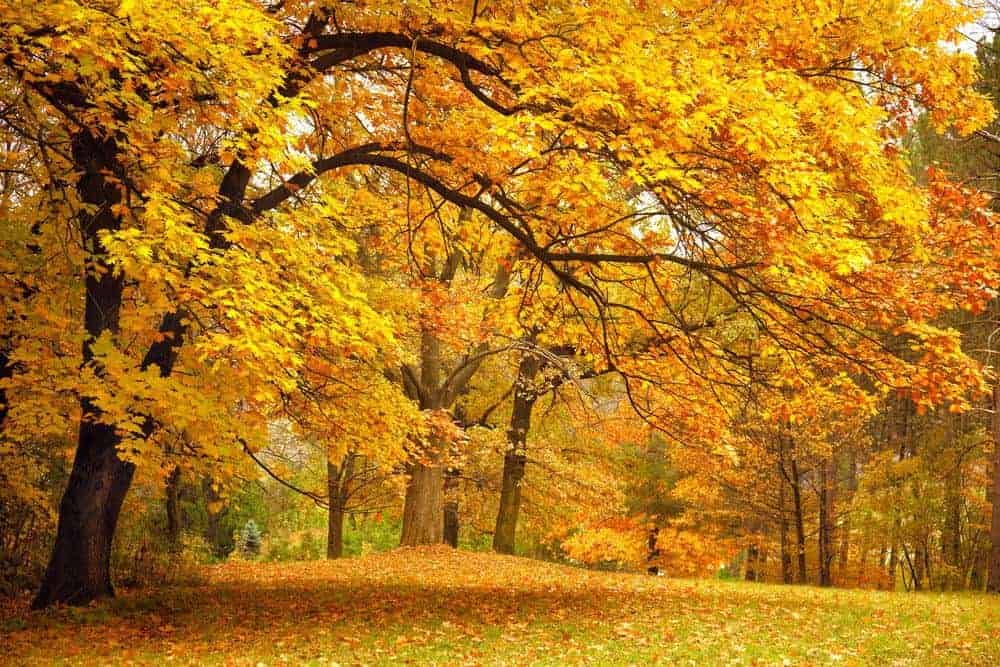
22 Shocking Facts About Fall in the Smoky Mountains
Fall in the Smoky Mountains is a magical time of year. The leaves have begun to change colors, the weather is beginning to cool off, and the days are becoming just a little bit shorter. That being said, autumn in the Smoky Mountains does not come without a few secrets hidden behind the brightly colored foliage.
To find a list of our favorite shocking facts about fall in the Smoky Mountains, read below!
Do you know any interesting or shocking facts about autumn in the Smoky Mountains? Let us know in the comments below!
Facts About the Smoky Mountain Fall Leaves
 The Smoky Mountain fall colors are actually the leaves’ true colors. The green color people are used to is a result of the chlorophyll that is formed during the plant’s photosynthesis process.
The Smoky Mountain fall colors are actually the leaves’ true colors. The green color people are used to is a result of the chlorophyll that is formed during the plant’s photosynthesis process.- The Smoky Mountains fall foliage changes colors because the plants actually stop performing the photosynthesis process when the days become shorter.
- You can actually tell what species of tree you are looking at based on its Smoky Mountains fall color.
- Leaves on trees like pines, cedars, spruces and first do not change colors because their leaves are covered in a thick wax that helps the plant hold materials that prevent them from freezing.
- Areas where the trees lose their leaves in the winter, like the Smoky Mountains, are known as Temporal Zones.
- Seasonal temperature and cloud cover can make a big difference on how bright the Smoky Mountains fall colors can be. The more days that have cool temperatures but do not freeze, the brighter and bolder the colors will be.
Facts About the Smoky Mountain Fall Weather
 The autumn equinox is one of two days a year where the night and day are equal in length.
The autumn equinox is one of two days a year where the night and day are equal in length.- An ‘Indian Summer’ occurs when there is a heat wave between late September and mid November.
- The average temperature high in September is 79 with a low of 52.
- The average temperature high in October is 70 with a low of 40.
- October has the lowest average of rainfall every year with less than 3 inches.
- The earliest scientists expect to see snow in the Smoky Mountains every year is early November.
To learn more about the Smoky Mountain fall weather, be sure to follow our weatherman, Paul Poteet. You can find his bi-weekly Smoky Mountain weather reports on our website in the Travel Information section.
Facts About the Smoky Mountain Fall Traffic
- Fall in the Smoky Mountains draws more visitors in two months than Cades Cove does all year. On average, park rangers anticipate welcoming an average of 2,002,750 visitors to the Great Smoky Mountains National Park in just September and October. Cades Cove is known to draw roughly 2 million people throughout the entire year.
- There are a total of 12 different scenic driving trails in the Smoky Mountains.
 Cades Cove Loop Road (8 miles)
Cades Cove Loop Road (8 miles)- Cove Creek Road (11 miles)
- Clingmans Dome Road (7 miles)
- Little River Road (18 miles)
- Newfound Gap Road (33 miles)
- Roaring Fork Motor Nature Trail (6 miles)
- Tremont Road (3 miles)
- The Trail of the Dragon (11 miles)
- Foothills Parkway (17 miles)
- Forge Creek Road/Parsons Branch Road
- The Road to Nowhere (Lakeview Drive) (6 miles)
- Rich Mountain Loop (8 miles)
- By traveling earlier in the season, visitors are more likely to avoid the heavy traffic that fall in the Smoky Mountains is known for.
Facts About the Smoky Mountain Wildlife in the Fall
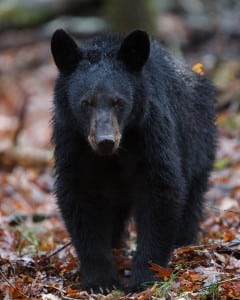 Smoky Mountain wildlife like bears and squirrels work all fall to store enough food to get them through the winter.
Smoky Mountain wildlife like bears and squirrels work all fall to store enough food to get them through the winter.- Many birds in the Great Smoky Mountains National Park migrate south when the weather begins to turn cooler.
- Remember to be cautious when hiking in the Smoky Mountains, even during the colder months. Just because the wildlife are hibernating, that doesn’t mean that they can’t be easily woken up.
- The Smoky Mountain black bears hibernate for a shorter amount of time than similar bear species found in northern parts of the country.
Facts About Food During Fall in the Smoky Mountains
 The term Harvest Moon came from when farmers would use the moon’s light to ‘harvest’ their crops that all ripened at the same time. Because of the timing, farmers had to stay out in the fields longer to gather all of the crops.
The term Harvest Moon came from when farmers would use the moon’s light to ‘harvest’ their crops that all ripened at the same time. Because of the timing, farmers had to stay out in the fields longer to gather all of the crops.- Pumpkins got their name from ancient Greeks who called the plants “pepon” that means ‘large melon.’
- Many restaurants in Pigeon Forge and Gatlinburg introduce a fall menu every year that showcases the fruits and vegetables that are expected to be at their peak during autumn. These fruits and vegetables include apples, pears, cranberries, parsnips, brussels sprouts, and more.
Start planning your vacation to the Smoky Mountains today! Click here to find the best cabin rentals for your getaway.


